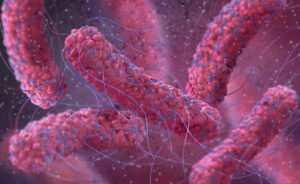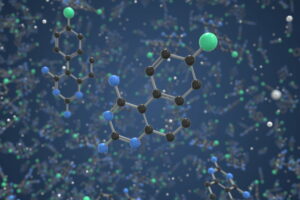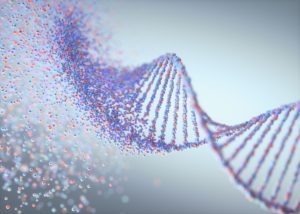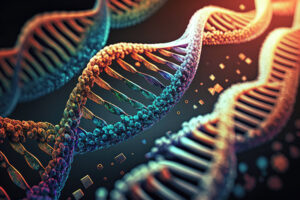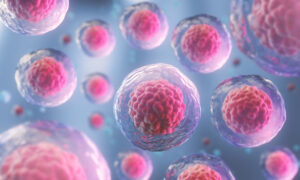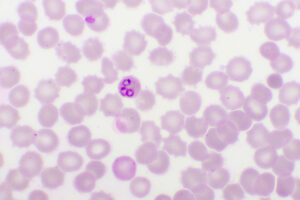
Response to Ian Musgrave’s “Open Letter to Dr. Michael Behe,” Part 4
This is the fourth of five posts in which I reply to Dr. Ian Musgrave’s “Open Letter to Dr. Michael Behe” on the Panda’s Thumb blog. And now let’s talk about Dr. Musgrave’s “core argument,” that subsequent to the virus leaping to humans from chimps Vpu developed the ability to act as a viroporin, allowing the leakage of cations which helps release the virus from the cell membrane. Yes, I’m perfectly willing to concede that this does appear to be the development of a new viral protein-viral protein binding site, one which I overlooked when writing about HIV. So the square point in Figure 7.4 representing HIV should be placed on the Y axis at a value of one, instead Read More ›
